Spinach
Spinach is an edible leafy vegetable that belongs to the Amaranthaceae family. It is an annual flowering plant that grows up to about 30 cm long. It has many cultivars and a few original varieties.
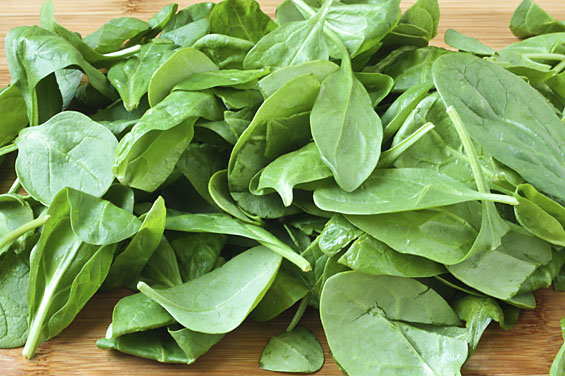
Spinach
Table Of Content
This delicious and nutritious vegetable is widely eaten in almost all the cuisines around the world.
Scientific Name
The scientific name for spinach is Spinacia oleracea.
Description
Read about the physical description and taste of this leafy vegetable in here.
Size: Length of the leaves can be between 2 and 30 cm, whereas their breadth can be between 1 and 15 cm.
Shape: They are simple and alternate leaves. Their shape varies between ovate to triangular.
Color: Fresh spinach leaves are vibrant green colored and they gradually become yellowish as the freshness fades.
Taste: This vegetable has a sweetish taste of its own.
Varieties
There are three main types of spinach grown organically.
- Savoy Spinach
- Semi-savoy Spinach
- Smooth Leafed Spinach
Distribution
Origin of spinach is in southwestern and central Asian countries. Nowadays it is grown all over the temperate and mildly cold zones on the globe. In some extreme of the extreme climatic regions, it is grown in green house for study purpose.
Nutritional Facts
Let us find out the nutritional content in every 100 gm of raw spinach.
| Nutrients | Amount | Percentage |
| Carbohydrates | 3.6 g | |
| Energy | 97 kJ (23 kcal) | |
| – Sugars | 0.4 g | |
| Fat | 0.4 g | |
| – Dietary Fibers | 2.2 g | |
| Protein | 2.9 g | |
| Vitamin A equiv. | 469 μg | (59%) |
| Water | 91.4 g | |
| Vitamin A | 9377 IU | |
| – beta-carotene | 5626 μg | (52%) |
| Thiamine (vit. B1) | 0.078 mg | (7%) |
| Niacin (vit. B3) | 0.724 mg | (5%) |
| – lutein and zeaxanthin | 12198 μg | |
| Riboflavin (vit. B2) | 0.189 mg | (16%) |
| Vitamin B6 | 0.195 mg | (15%) |
| Niacin (vit. B3) | 0.724 mg | (5%) |
| Vitamin C | 28 mg | (34%) |
| Folate (vit. B9) | 194 μg | (49%) |
| Vitamin K | 483 μg (460%) | (460%) |
| Vitamin E | 2 mg | (13%) |
| Iron | 2.7 mg | (21%) |
| Calcium | 99 mg | (10%) |
| Manganese | 0.897 mg | (43%) |
| Magnesium | 79 mg | (22%) |
| Potassium | 558 mg | (12%) |
| Phosphorus | 49 mg | (7%) |
| Zinc | 0.53 mg | (6%) |
| Sodium | 79 mg | (5%) |
Health Benefits
This delicious leafy vegetable is very nutritious and thus extremely beneficial for our health.
Treating Gums – Gums bleed due to deficiency of vitamin C and over consumption of refined sugar. Carrot juice blended with spinach juice treats this ailment very effectively.
Calories – One cup of spinach contains 7 calories. It gives us more energy to keep going on without indulging our hunger pangs.
Anti-aging – This vegetable contains anti-aging agents that decelerate the aging process of body cells. Sufficient amount of spinach intake keeps the body functioning as smooth as young age and thus, also, makes you look younger in external appearance.
Alzheimer’s Disease Prevention – One of the main causes of Alzheimer’s disease is low levels of folate or vitamin B12 in the body. Nutrient enriched spinach provides our health with nutritious compounds to prevent this disease.
Healthy Pregnancy – During pregnancy, the fetus gradually grows bigger with generation of the new nervous system of the baby. Folate and vitamin A content in spinach helps in healthy growing of the fetus, development of new nervous system and the lungs inside the womb.
Skin Protection – The vitamin B content of spinach protects the skin cells from being affected by harmful ultra violet rays of the Sun.
Healthy Gastrointestinal – Vitamin C and beta-carotene content of this vegetable protects the colon cells from free radicals. The leaves protect DNA in intestinal cells from being damaged.
Eyesight Improvement – Spinach is enriched with vitamin A and Lutein. These nutrients improve eyesight, protects the eyes against cataract and macular degeneration due to aging.
Weight Loss – The high iron content of spinach increase the oxygen flow in the body and accelerates metabolism process. As a result, more fat burns in the body and much faster, leading to weight loss.
Anemia Prevention – The high iron content reproduces more red blood corpuscles that carry more oxygen to all the body parts and organs. This prevents the body from suffering from anemia.
Diabetes Prevention – Magnesium present in spinach helps to maintain the blood sugar levels and prevents from fluctuating, thus keeps the complication in diabetes at bay.
Osteoporosis Prevention – The high vitamin K content in this vegetable helps in anchoring the calcium within the bones. The magnesium, phosphorus, zinc, and copper content strengthens the bones. All these factors protect from osteoporosis.
Checks High Blood Pressure Level – This leafy vegetable is low in sodium yet high in potassium content. These factors help in checking high blood pressure levels. Folate present in spinach relaxes blood vessels and maintains proper blood flow in every corner of the body.
Prevents Cardiovascular Disease – Folate present in spinach reduces homocysteine, which is a major factor for cardiovascular diseases. Inositol and choline content in this vegetable prevent the arteries from hardening.
Anti-Inflammatory Properties – This green vegetable has a high amount of alkaline properties that are perfect to fight against osteoarthritis and rheumatoid arthritis types of inflammatory diseases.
Anti-cancer Properties – There are 13 different types of flavonoids, folic acid as well as vitamin A and C plus that fight against cancer cells in the body. It is studied that regular consumption of spinach can reduce the risk of cervical, breast, skin and prostate cancer by 34%.
Side Effects
There are no reported or studied side effects of eating spinach. Overconsumption of it can cause digestion problems so be careful regarding the amount of this vegetable that you eat.
During Pregnancy
Though nothing much is known about the consumption of spinach during pregnancy and lactation, but it is advisable to consult expert suggestion before eating it.
If someone is allergic to any of the nutrients contained in this vegetable, then it is better to substitute it with some other vegetables and fruits.
Spinach V/S Kale
Spinach is little more nutritious than kale, though both are very nutritious. Kale comes cheaper than spinach on some parts of the world.
Uses
There are many uses of spinach apart from its edibility. Its high nutritional content also makes this vegetable a multipurpose kitchen remedy for many ailments.
Edible Uses
This leafy, green vegetable is cooked in many dishes all over the world. It is eaten boiled, cooked, baked, fried, mashed into flavored dips and even raw in salads.
Medicinal Uses
The leaves are often used as a poultice in many traditional medicines. The juice of spinach is drunk to cure many health conditions.
Other Uses
These vegetables give the kitchen garden a great fresh, green, organic feel. They can also be used as fertilizers when the leaves rotten.
How to cook Spinach?
It should be washed repeatedly very nicely before cooking as it collects soil and sand easily. The roots of spinach should be trimmed off. Do not let the leave soak in water as the soluble nutrients can get dissolved into the water.
Recipes
This green, nutritious vegetable is cooked, boiled and baked in various dishes.
- Spinach artichoke dip
- Creamed spinach
- Spinach lasagna
- Spinach soup
- Spinach pie
- Spinach smoothie
- Spinach salad
- Spinach casserole
- Spinach ricotta
- Spinach omelette
- Spinach pizza
- Spinach pasta
- Spinach stuffed chicken
- Spinach curry
- Spinach mushroom quiche
- Spinach risotto
- Spinach stuffed mushrooms
- Spinach wraps
- Spinach stuffed shells
- Spinach enchiladas
- Spinach and strawberry salad
- Spinach rice
- Indian spinach and tofu
- Frozen spinach recipes
- Sauté spinach
- Garlic spinach
- Spinach soufflé
- Spinach bread
Availability
This nutritious leafy vegetable can be found abundantly throughout the year in any vegetable market.
Storage
Store fresh spinach in a plastic bag and press out as much air as possible, then keep it in fridge up to 5 days. It should not be washed before storing as moisture accelerates its rotting process.
Fun Facts
Read some fun facts about this nutritious leafy vegetable.
- Studies show that women who above 40 years of age eat spinach the most.
- Teenage girls eat the least amount of spinach.
- Spinach juice was mixed with wine and given to French soldiers during the World War I, to enhance their immunity.
- Spinach dishes are often called “Florentine” in France named after Florence. This town is the birthplace of the Queen of France, Catherine de’ Medici, who loved this vegetable.
- The famous animation character of Popeye the Sailor Man is portrayed as becoming super strong after eating spinach, due to its high iron content. This portrayal was based on the calculation of the iron content in the vegetable by Emil von Wolff, renowned German scientist. Later, his calculation was studied to have been miscalculated by 10 times more than the original amount of the iron content.
Pictures
See the pictures below of all the three types of spinach. Identify the fresh ones the next time you go grocery shopping.
References:
http://en.wikipedia.org/wiki/Spinach
http://www.whfoods.com/genpage.php?tname=foodspice&dbid=43
https://www.medicalnewstoday.com/articles/270609
http://www.grow-it-organically.com/spinach-varieties.html
https://www.webmd.com/diet/ss/slideshow-health-benefits-of-spinach
- by anwiksha
- April 8th 2013

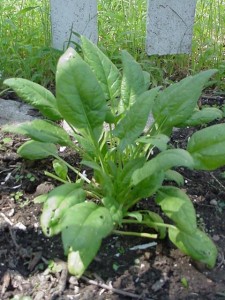
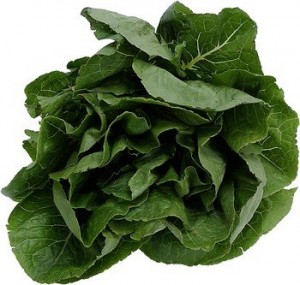
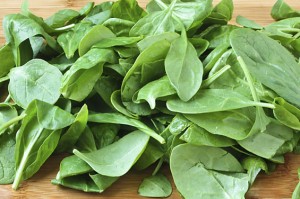

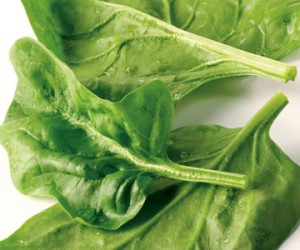
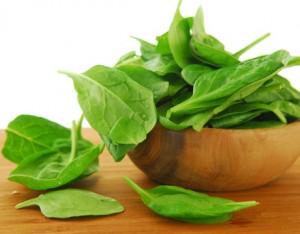
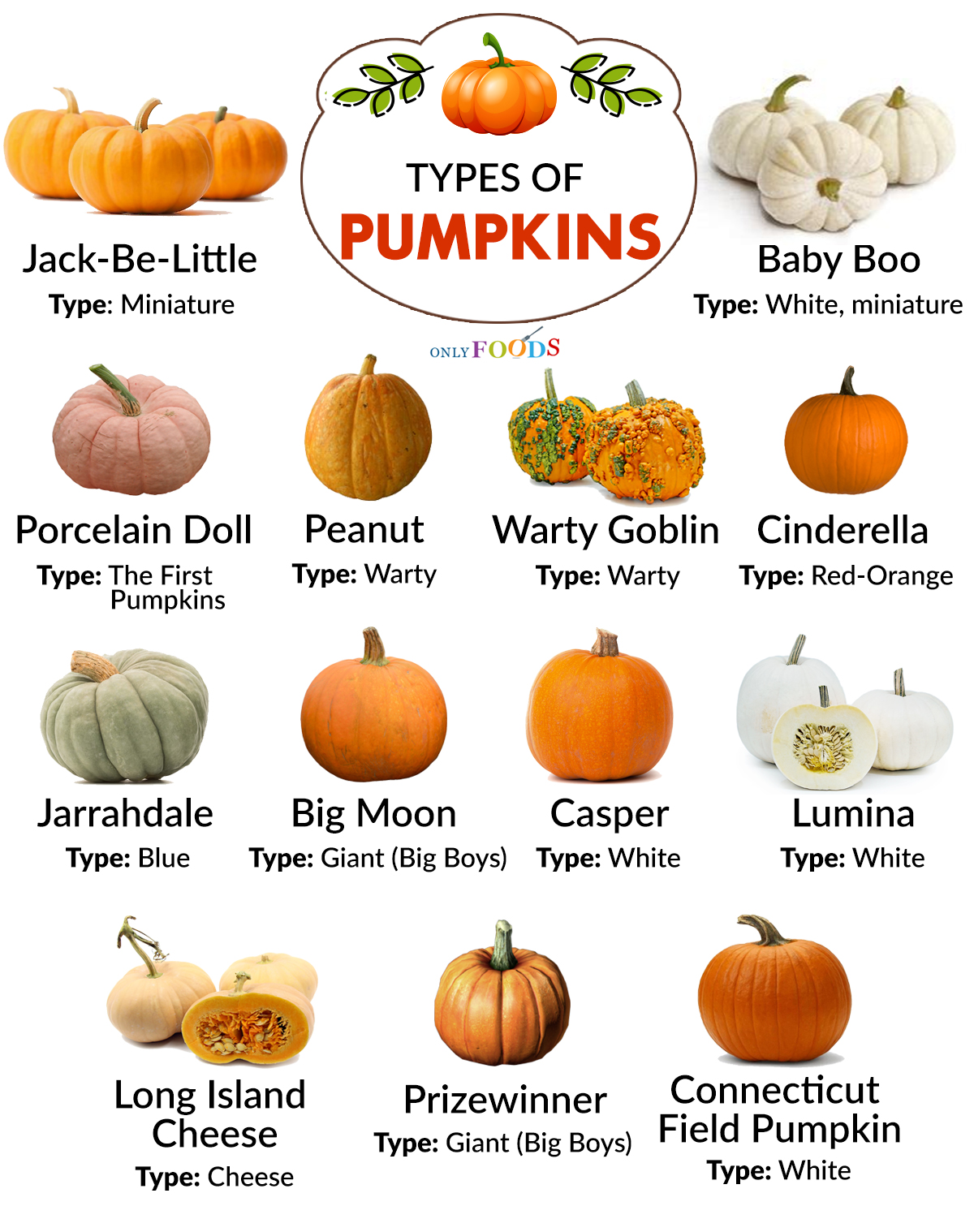
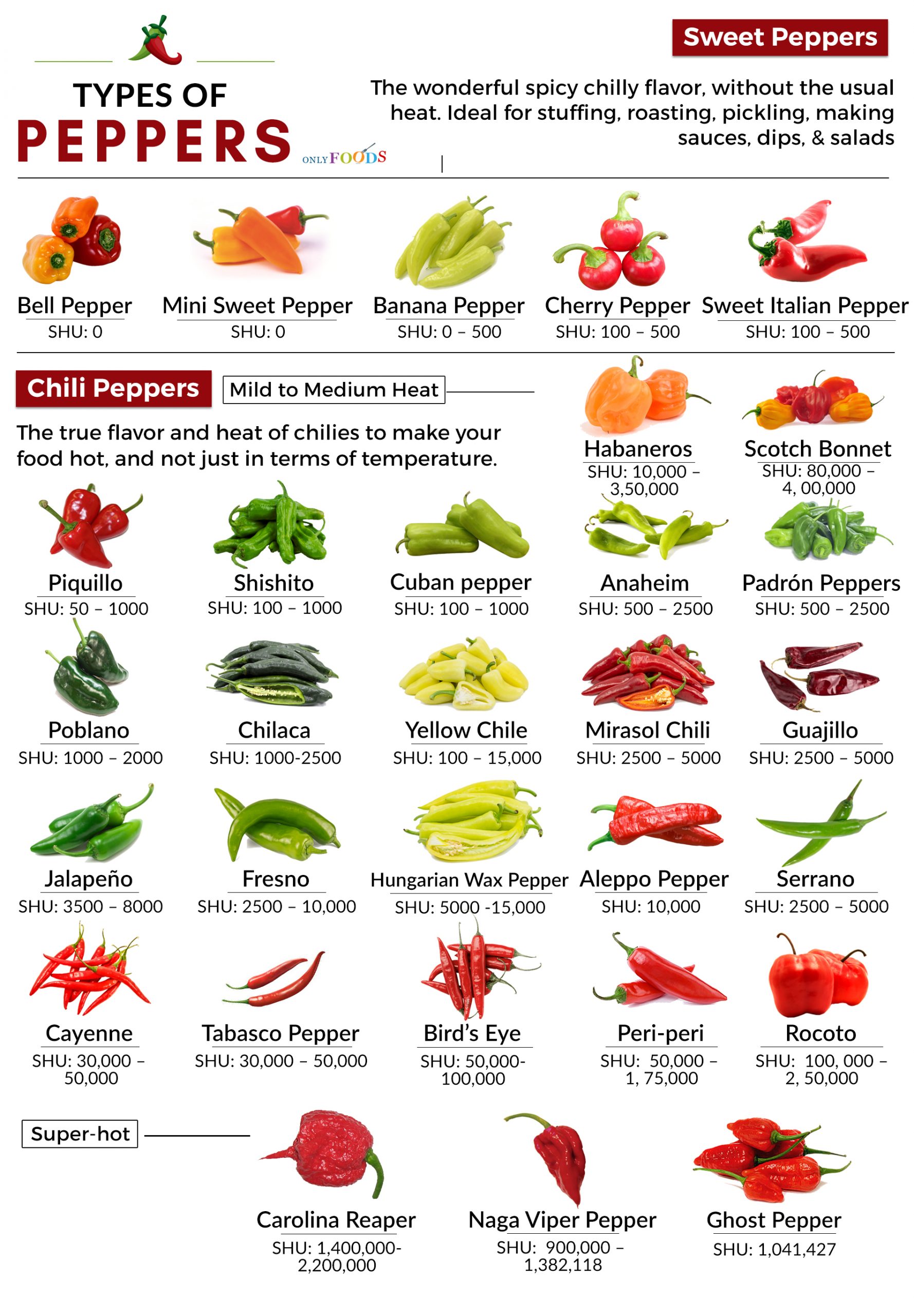
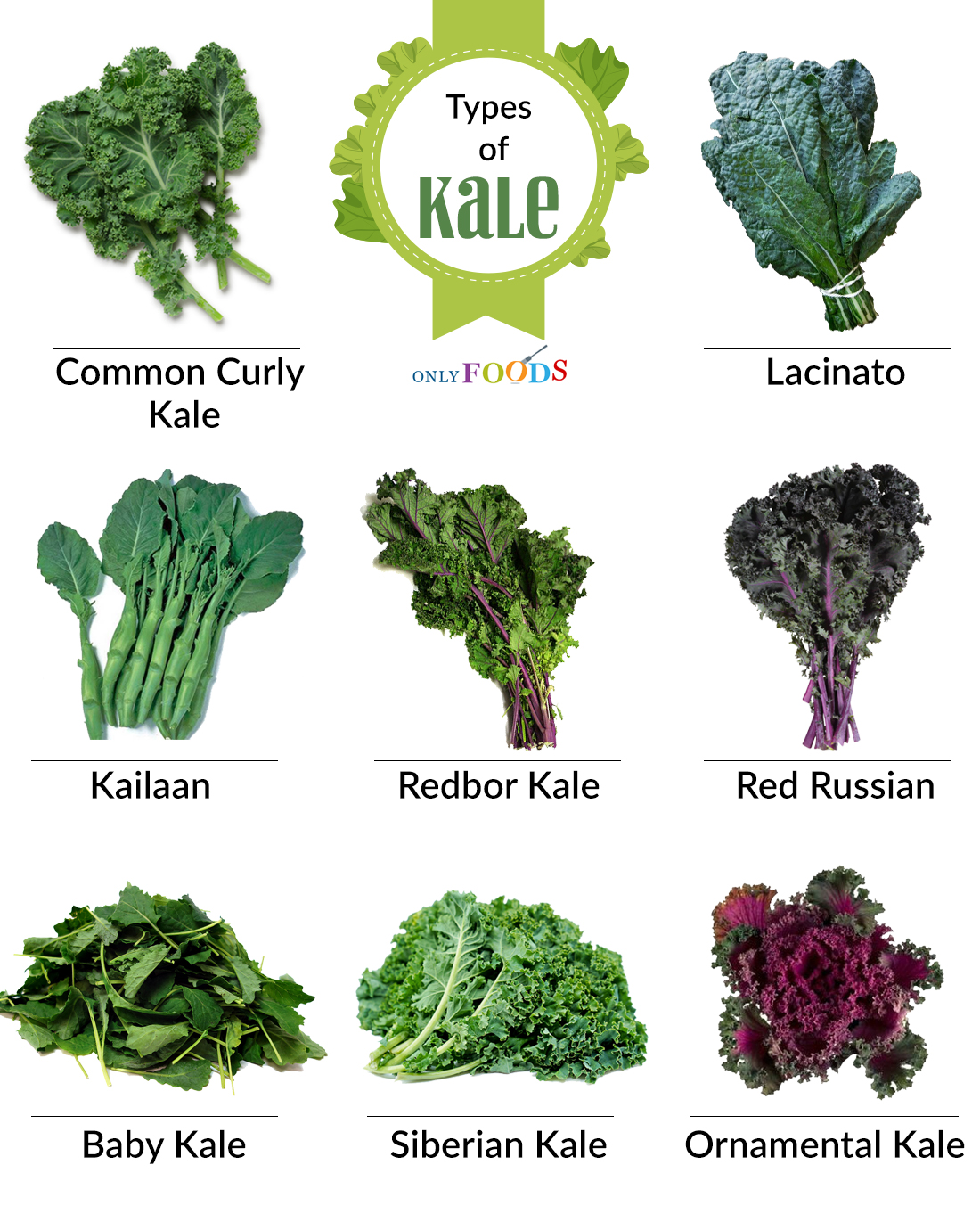
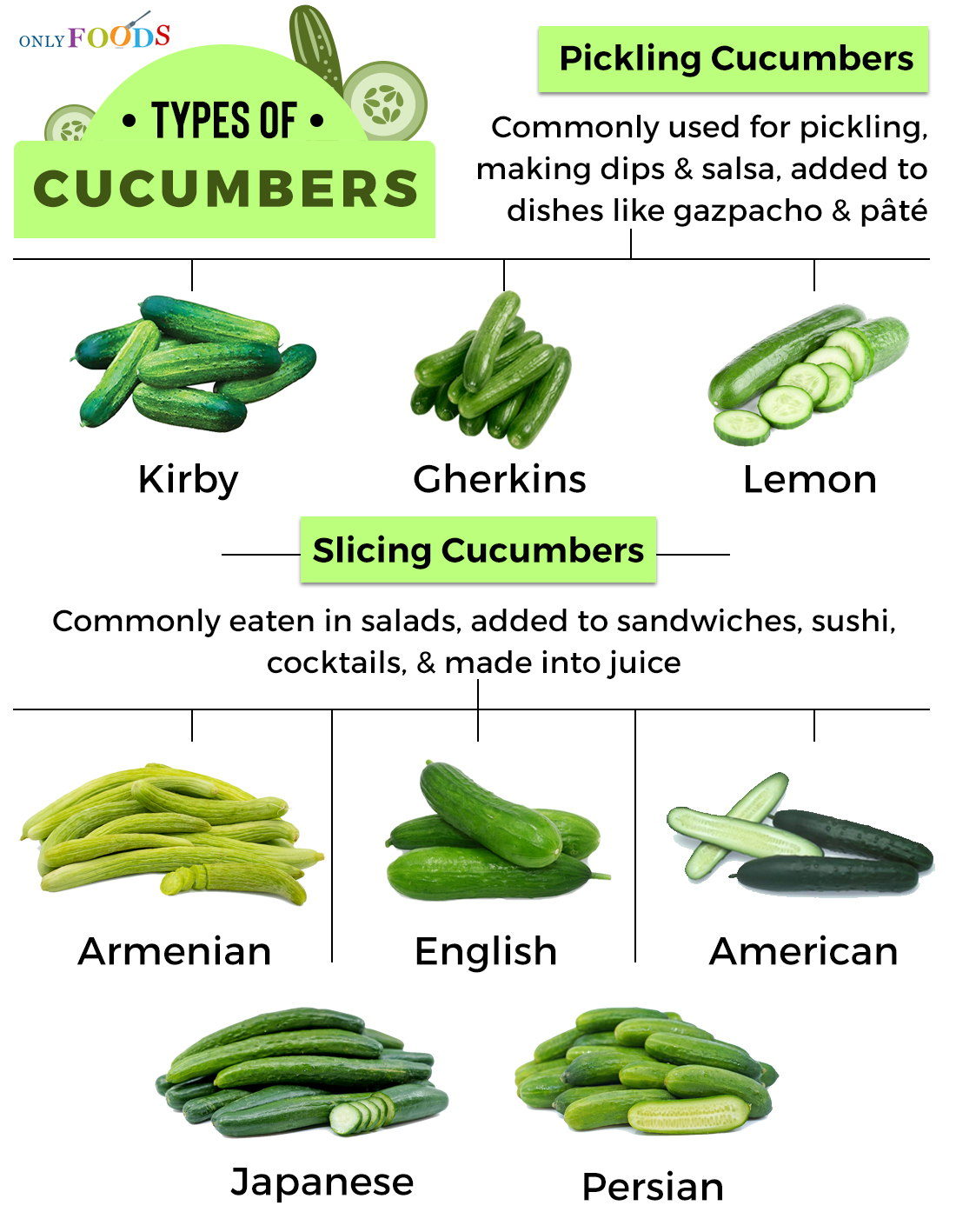















Leave a Reply